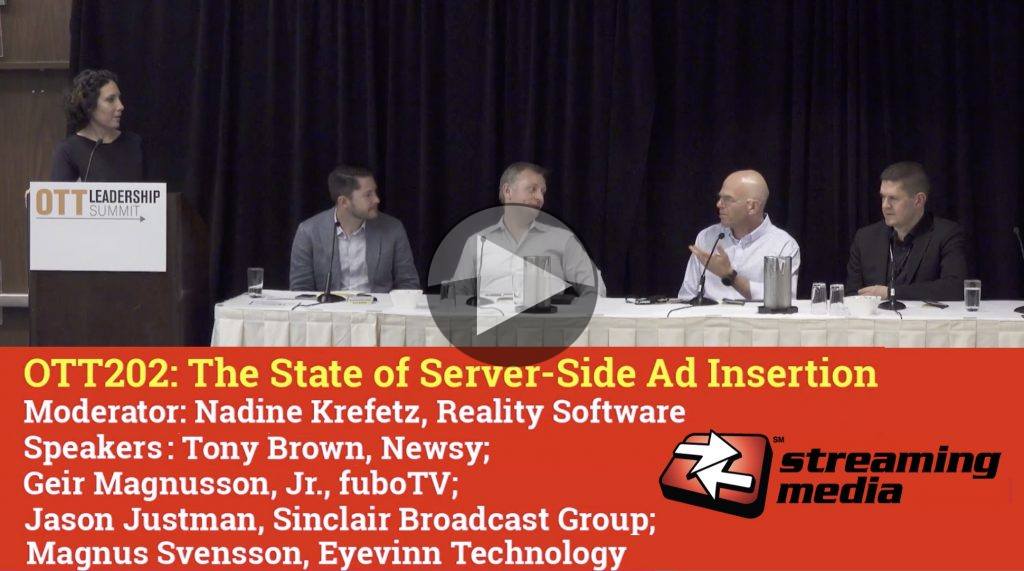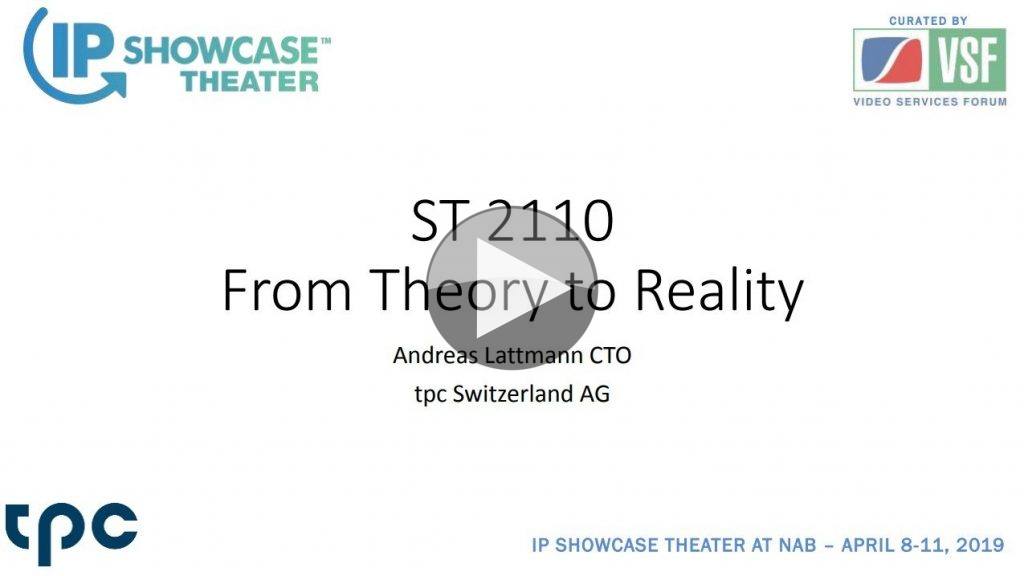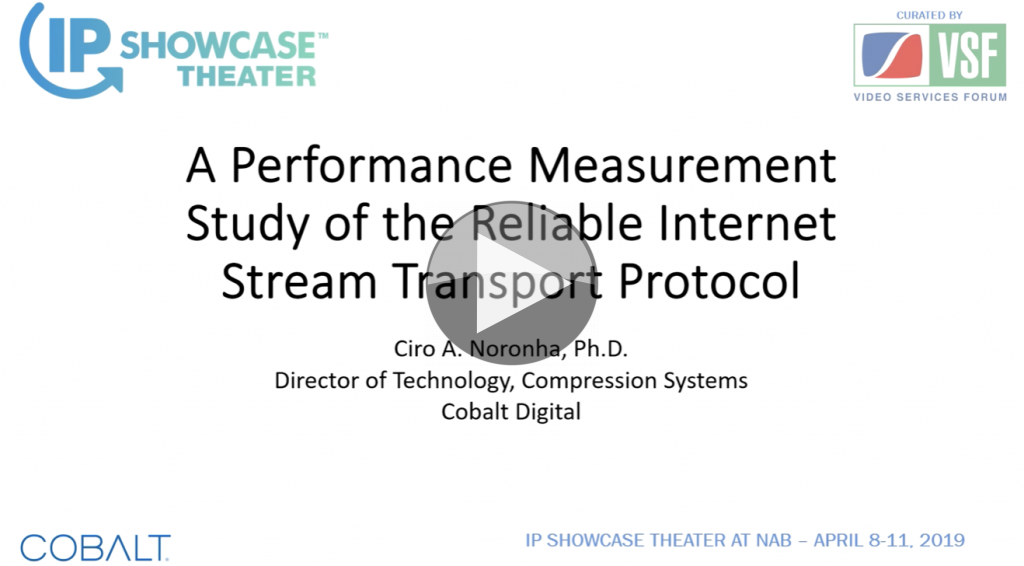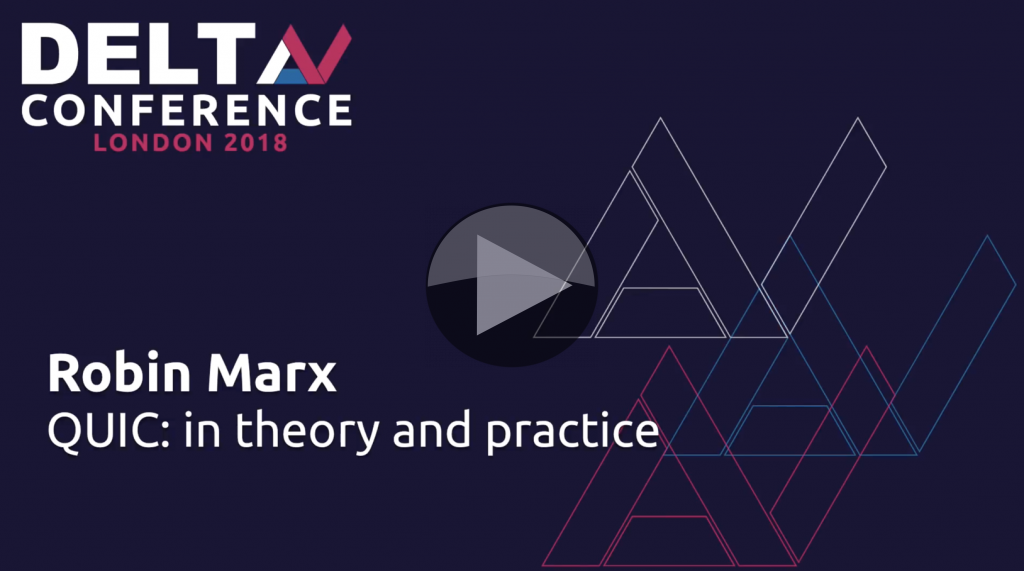
Server-Side Ad Insertion (SSAI) it’s the best defence against ad-blockers, but switching in an ad at source can be tricky particularly in low latency streams. This talk at the OTT Leadership Summit at Streaming Media East brings together leaders in the field to explain where they’re up to in delivering this technology and the benefits they see.
Magnus Svensson tells us about the instrumental role Eyevinn Technology, the consultancy who run the technical conference Streaming Tech Sweden , is played in Sweden creating an open standard for all the broadcasters to work to in order to agree how to track SSAI allowing the correct payments to be made. Magnus also talks about aligning SCTE insertion with MPEG structure and the importance of correct preparation of the source video.
Tony Brown from Newsy talks about the centralised nature of SSAI making management easier and gives ana overview of decisioning bringing together buys and sellers of ads. Tony also discusses other analytics such as adjacency and targeting.
Jason Justman of Sinclair Broadcasting Group, explains SCTE insertion and talks about the technical difficulties in reacting to live changes in programming.
Geir Magnusson, Jr. from fuboTV covers the difficulties of preparing the ads quickly enough for thousands or millions of streams to get customised, SSAI ads at the same time and discusses his strategy to start pre-fetching ads from the ad server to prepare them ahead of time. Geir also highlights the misunderstanding that can exist where streaming provides the same video and programme experience as traditional broadcast but ad buyers don’t all understand how much more targeting is possible – even with SSAI.
Speakers
 |
Nadine Krefetz Consultant & Founder, Reality Software |
 |
Tony Brown Chief of Staff, Newsy |
 |
Jason Justman Senior Principal Architect, Sinclair |
 |
Geir Magnusson, Jr. CTO, fuboTV |
 |
Magnus Svensson Media Solutions Consultant, Eyevinn Technology |







